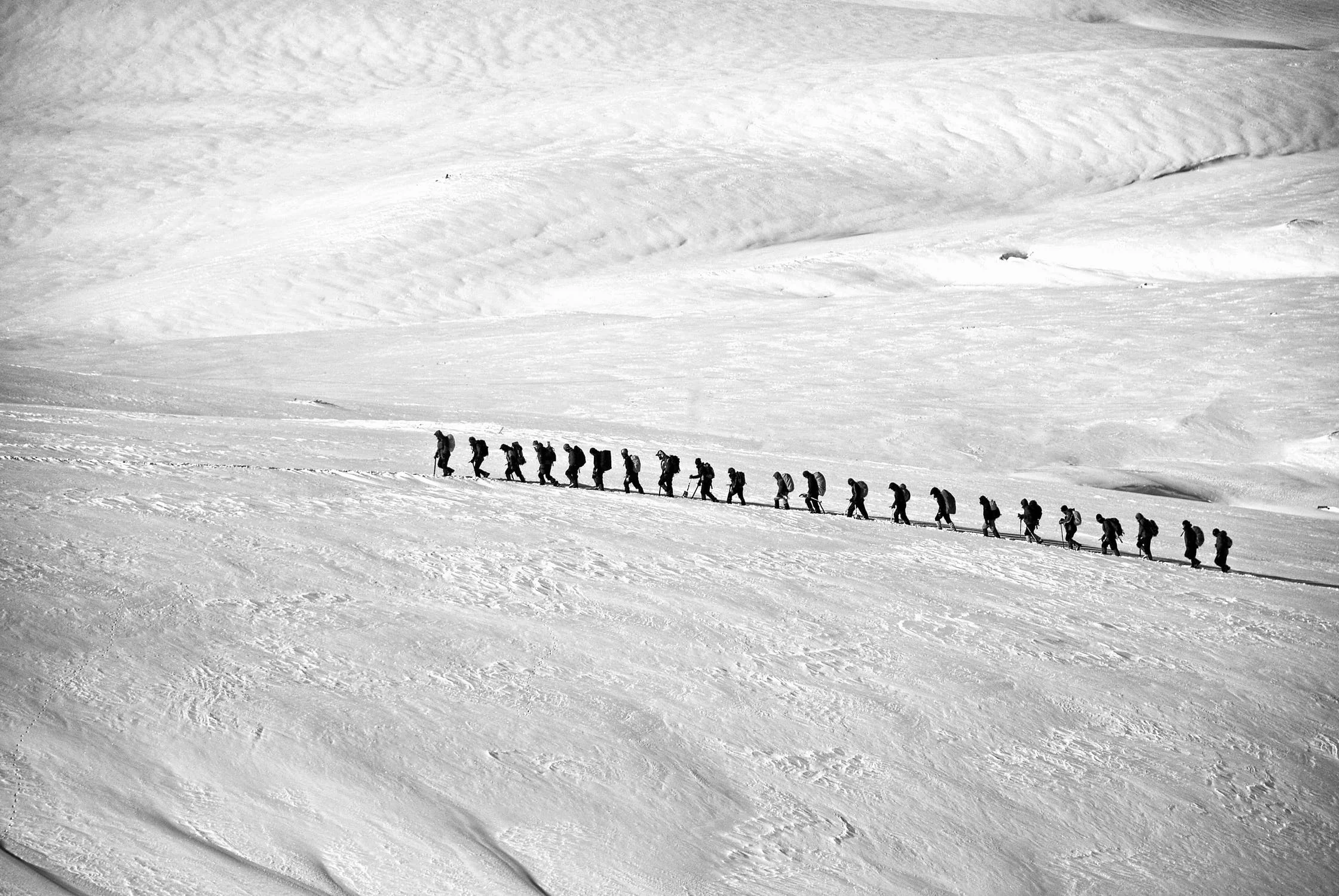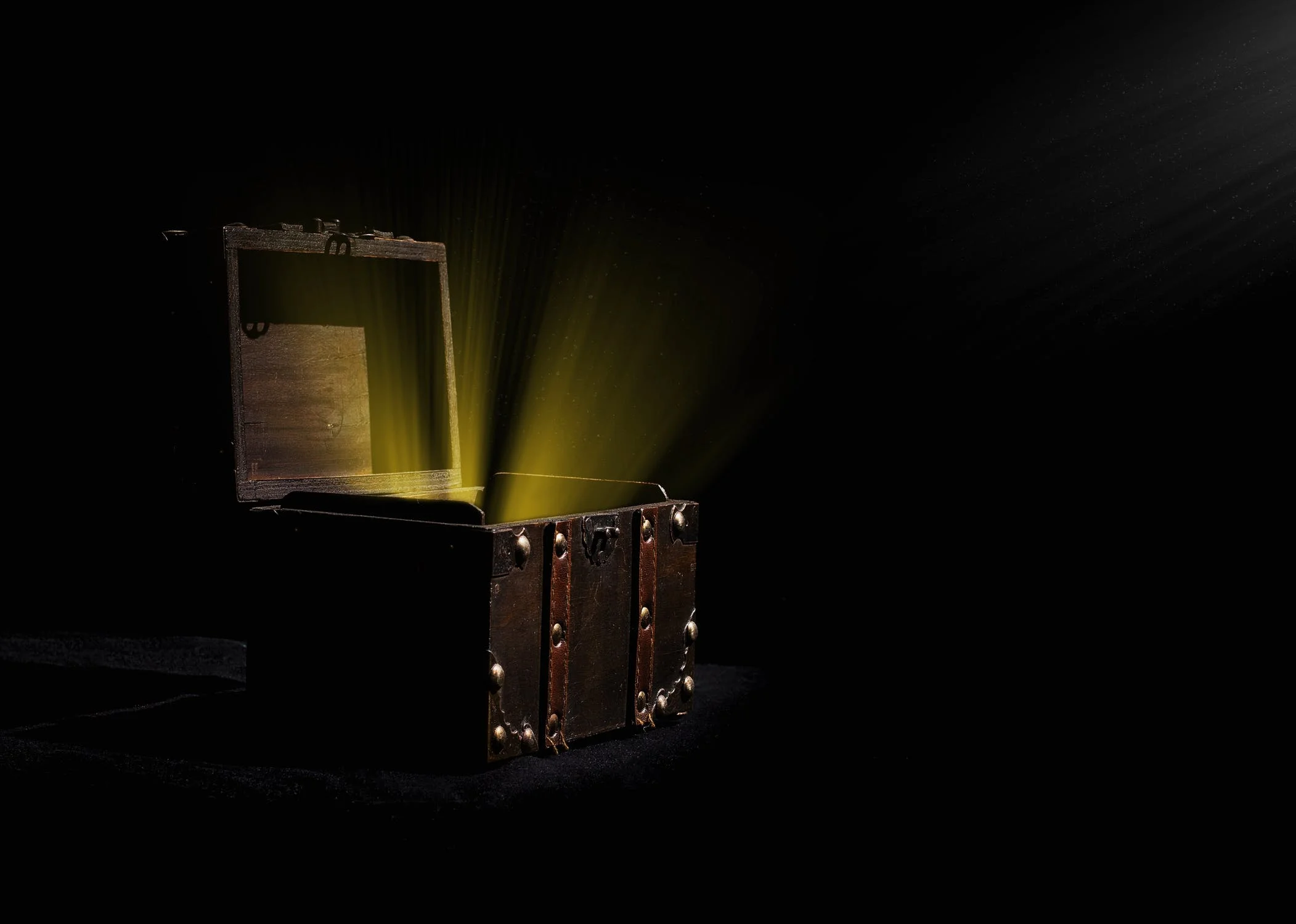Thin line
The success of a journey, in part, depends on the robustness of the outer skin of the luggage being carried. This is even more vital when trekking up the some of the world's highest mountains, where all lifesaving gear must be hauled up and down. Success is a broad term and can measured in infinite ways. For each one the yardstick may be different depending on individual circumstances. Broadly speaking, success refers to reaching a desired goal or target. At any given point in time, there is a thin line dividing our perception of success and failure. Time plays a huge role in this perception. Success in terms of getting the right thing, at the right moment and in the right circumstance is wholly dependent on time.
The three, “thing”, “moment” and the “circumstance” refer to the past, present and the future respectively. When we desire something, it is usually based on a past memory that we want to recreate in the present moment. Circumstance is in the future. At any “successful moment”, time bridges the past and the future, extending imaginary tentacles in those directions. When all three of these variables (past, present and future) meet and we get what we want, we call it success. Whenever there is success, credit ought to be given, but it is always taken. When we say “I succeeded”, we unknowingly draw a line. On one side it is “I” who succeeded and on the other is the supporting cast, equipment and everything else. The “I” is generic and hard to define. On further questioning we could ask, is it the body? Or the mind? Or something else?
Here we are wading into murky waters. Few are magnanimous and humble enough to concede that “this body or mind of mine really deserves the credit”. Instead it is the “I” that swoops in and lays claim and the territorial waters of the “I” extends to even the moisture on the lips and eyes. The thin line that defines the de facto boundary of “I” usually is the outermost microscopic layer of skin that envelops rest of the body. “I” isn’t inward looking, it is always outward looking. Hence to complete the notion of being successful, we feel the need for something tangible that can be exhibited to the world such as a nicer car, house or clothing than those owned by our peers.
Along with this outward show, there is also a concurrent and competing inner battle, going on in the mind. The length of time that a new car, house or clothing provides novelty and thrill depends on the mind’s ability to maintain focus on them. Just like everything else that blurs out of focus from the mind, it is virtually impossible constantly keep our attention and focus on such new acquisitions. When attention wanes, so does our interest and thrill derived from those objects. The mind makes it known, albeit in a subtle fashion, that without its attention on an object, novelty quickly wears off.
Just as a mountaintop is blasted with wind from all directions, the mind is assailed by thoughts from all angles. The dominant amongst these competing forces of thought determines where the mind goes. Thoughts, however, are not always self serving. There are many amongst the thousands we have the liberty to pick and choose from that are noble and helpful to us and others. It is both surprising and mysterious why we fail to choose thoughts that are not in the best interests of us and others. The notion of interconnectedness is lost when the “I” assumes a warped sense of independence, failing to listen to the inner voice of reason, our conscience or an outer stream of wisdom coming from wise counsel.
Although the “I” succeeds in usurping our sense of self, time ensures it fails in the long run. The inner and outer appetite of the “I”, after a certain point, cannot be satiated by thoughts or objects that we call our own. This is when we cross the thin line that we consider our being and we begin to encroach on the freedom of others. There are over 7 billion people on earth, and if each one wants to stake a claim to something more than their own body, there will not be enough resources to go around. We are plundering resources that ought to be set aside for tomorrow’s humans. The line that divides one generation to another is a hard line. We cannot cross the barrier of time, which ensures a new stock of life every so often regardless of how helpful or harmful we have been to the planet.
We are all walking along the same thin line to the summit of life, the point at which we run out of road. It can happen at the peak of success in the prime of life or when the life force hits a nadir at the end of life. From these points, highs and lows depending on how we look at them, all we can do is look back and see others along the same road. Just as we cannot indefinitely occupy the peak of some of the world’s tallest mountains, we cannot stay on the peak of success or hold onto life forever. We will eventually have to cede our place to others. Getting off the perch of worldly success can sometimes be harder to do than the involuntary surrender of our luggage (our accumulated thoughts, memories and experiences) and the carrying case (our body) at the end of life. In every moment, there is a thin line dividing the spotlight of prominence and the shadow of irrelevance. Off all lines, the ones between life and death are the most imperceptible, yet ever present in every breath we take. Time may or may not reveal that the body and the mind are just widgets that we wear on the journey of life. Who we really may be revealed when we cross the line of the body and the mind and enjoy being witness to the world, not as them but through them.






